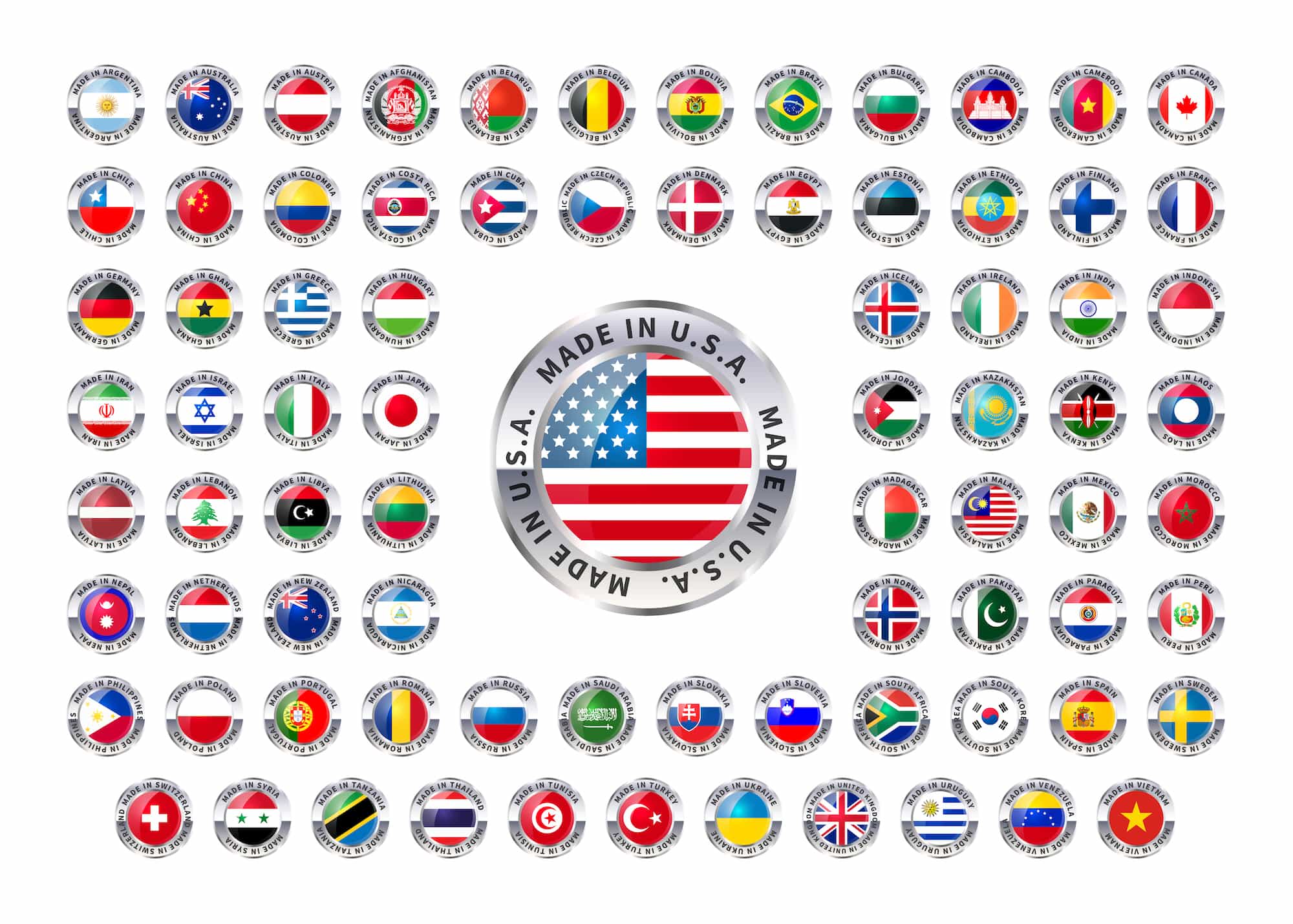All the goods arriving into the U.S. are required to be marked with the English name of the country of origin, unless the goods they are importing are exempt from marking. Country of origin and marking rulings determine whether the products are properly marked, or labeled, as to country of origin.
Prior to importing your goods into the U.S., it is your responsibility as an importer to make sure the overseas supplier has marked goods with the country of origin. For example, goods originating in Taiwan should be marked “Made in Taiwan.” The marking must be legible, and permanent enough, for the ultimate purchasers to be aware of the goods’ origin. The ultimate purchaser is the person who will last purchase or receive the goods in the condition which it was imported.
Country of origin is the country of manufacture, production, or growth, where an article or product comes from. Just shipping the product through another country does not change the origin. For example, Cuban tobacco purchased from Canada does not change the country of origin to “Made in Canada.”
One of the main reasons for the marking is to inform the ultimate purchaser where the product was made.
The marking should be in a visible place. It must be where it can be seen with a casual handling of the product, when customers are buying it. It must be in a position where it will not be covered. The marking must be visible without disassembling the item, or removing or changing the position of any parts.
The item should be marked as permanently as the nature of the product will permit. The marking should remain legible until the product reaches the ultimate purchaser in the U.S.
There are some goods are excepted from marking.
You can find out by contacting U.S. customs whether the goods you are importing requires marking, or not.
Products that are not marked with a country of origin when importing into the U.S. will be subject to additional duties, unless properly marked, re-exported, or destroyed under customs supervision.
As an importer you may wish to obtain a binding ruling from U.S. Customs and Border Protection.
Customs duties vary by country of origin, and product. To learn more about binding rulings, please read my blog article at this link.




